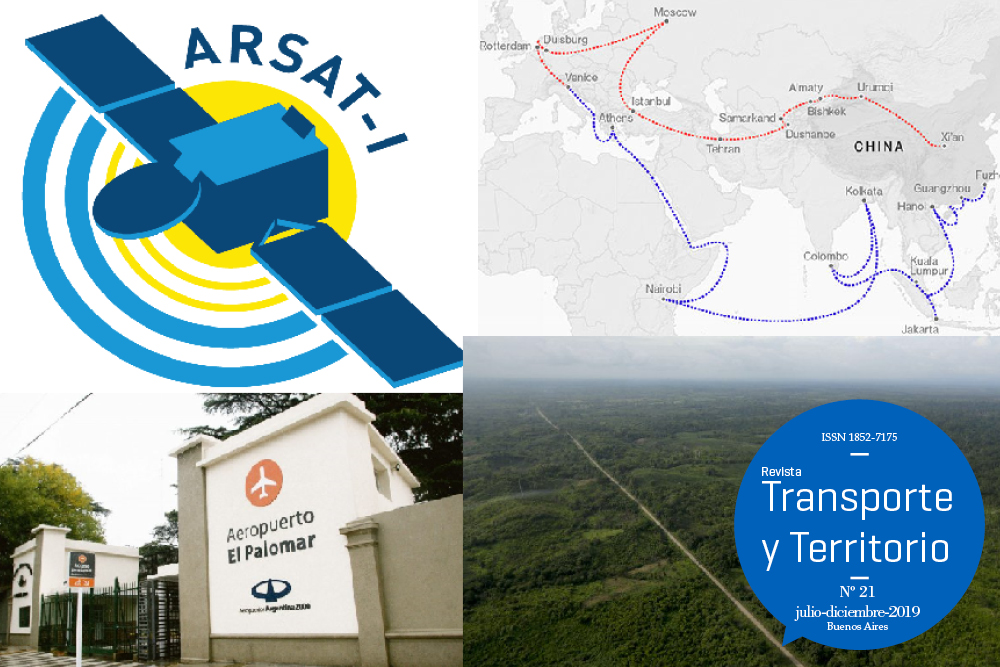Satellites; territory and culture: ARSAT and popular geopolitics
Keywords:
ARSAT, geostationary satelites, geopolitics, semi-periphery
Abstract
We analyze from a critical geopolitical perspective the policy of satellite communication during two periods delimited by the trajectories of firms NahuelSat and ARSAT. Regarding the specific position occupied by Argentina within the hierarchical structure of the capitalist economy as a semiperipheral country, we focused on the cultural and geopolitical transformations that accompanied the putting into orbit of the two Argentine geostationary satellites ARSAT 1 and 2 –which are perceived today as national technological milestones–, the positioning of Argentina as a member of a select club of nations, and the component of popular geopolitics –as a constellation of images and stories that link these satellites to a collective achievement– that emerges from this process. We conclude that, as a contrast with the recent past of territorial disintegration, deindustrialization, and poverty that led to the 2001 terminal crisis, the ARSAT program promotes a process of Argentine territory resignification, its representations, and the imageries associated with the notions of spatiality and sovereignty.Downloads
Download data is not yet available.
Published
2019-10-01
How to Cite
Blinder, D., & Hurtado de Mendoza, D. (2019). Satellites; territory and culture: ARSAT and popular geopolitics. Revista Transporte Y Territorio, (21), 6-27. https://doi.org/10.34096/rtt.i21.7144
Section
Dossier

1.jpg)

3.png)























